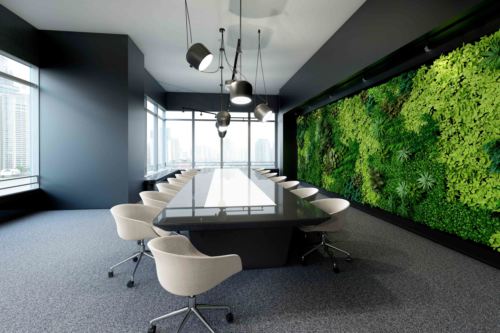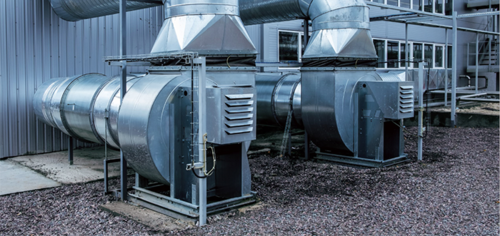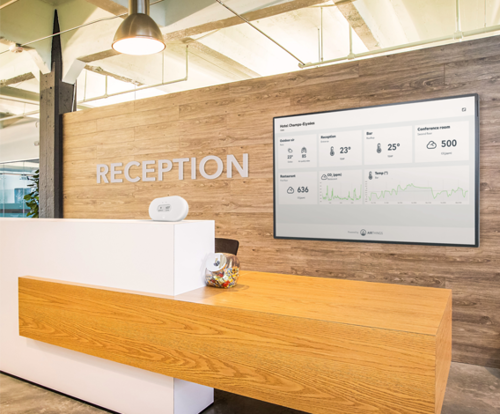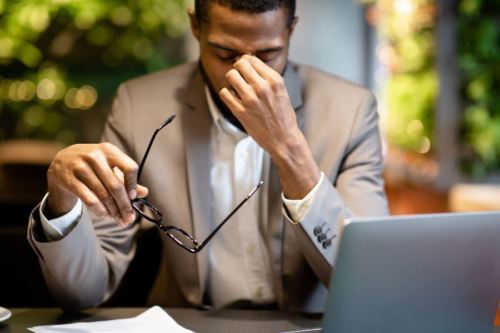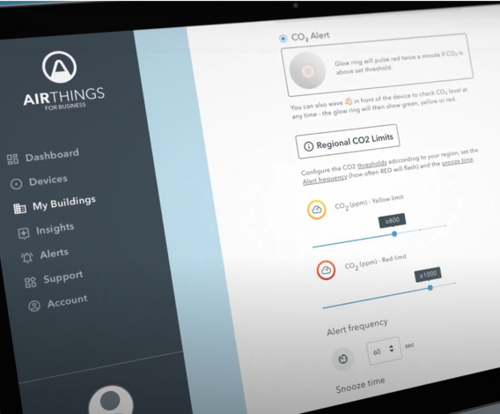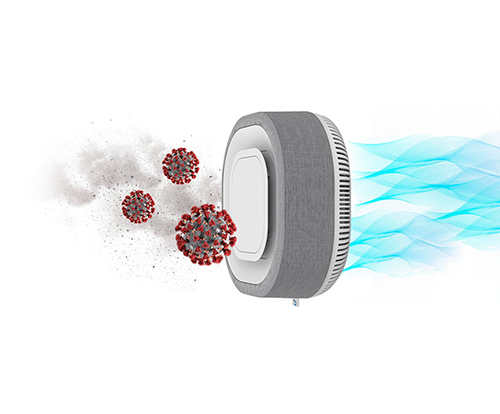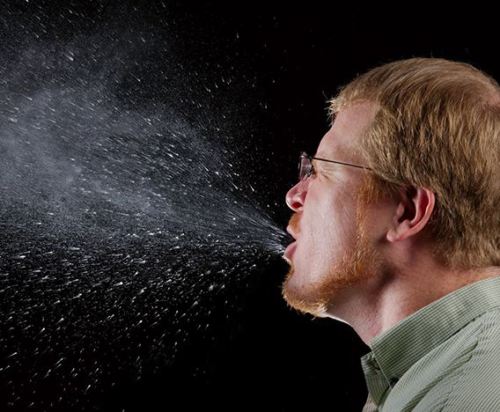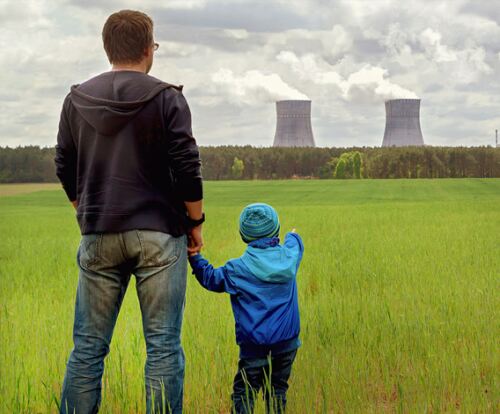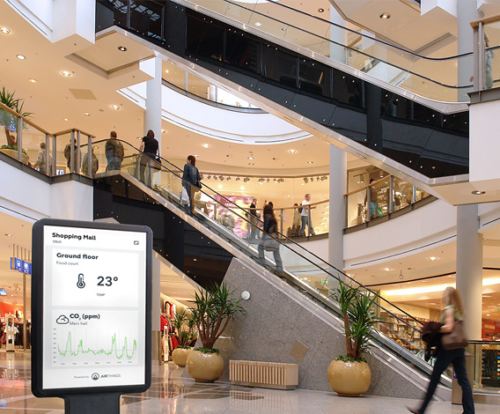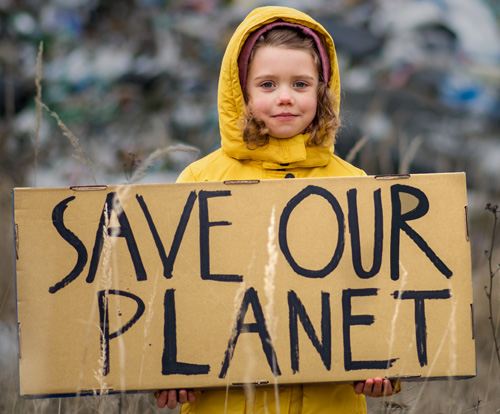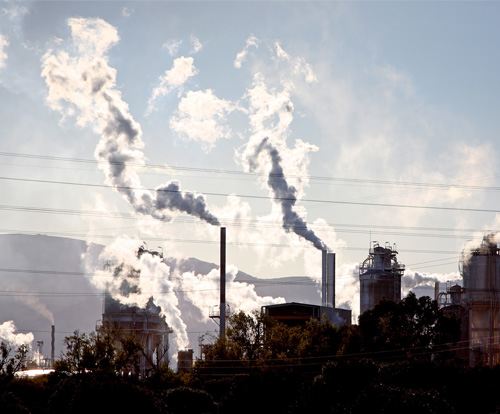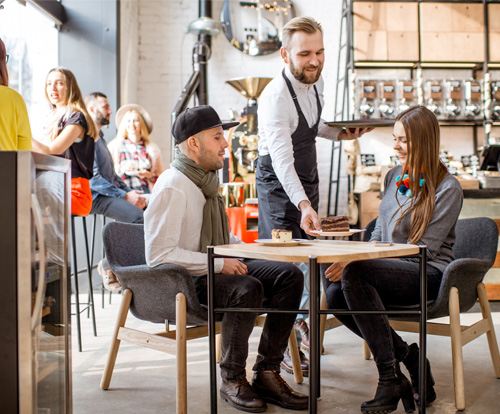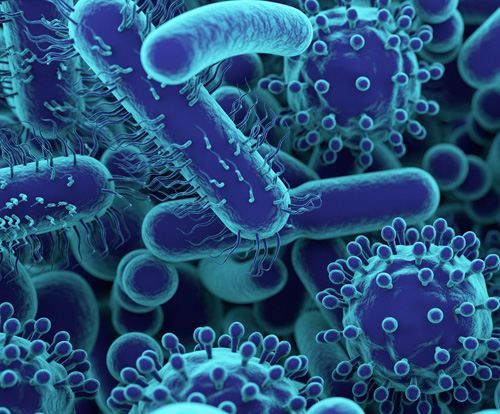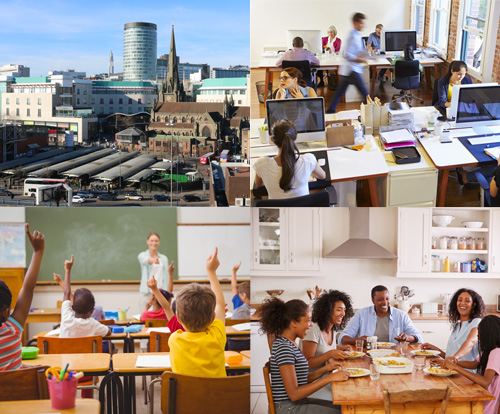
What the experts say
There are many experts around the world who have published papers and books on virus transmission in indoor spaces, ventilation and air cleaning technology. Here we list just a few with links to some of their work:
World Health Organisation (WHO)
WHO is a specialised agency of the United Nations responsible for international public health. The WHO Constitution states its main objective as "the attainment by all peoples of the highest possible level of health". Headquartered in Geneva, Switzerland, it has six regional offices and 150 field offices worldwide.
The organisation hosts many guidance documents on and around Covid 19 on its website.
The Chartered Institution of Building Services Engineers (CIBSE)
CIBSE is the professional body that exists to advance and promote the art, science and practice of building services engineering, to invest in education and research, and to support the community of built environment professionals in their pursuit of excellence. The organisation has produced the following series of guidance documents on and around Covid 19 and indoor environments which are available as free downloads from its website:
Ventilation Guidance
Covid 19: Air cleaning technologies
Covid 19: Relative Exposure Index Calculator
Guidance on Safely re-occupying buildings
Lifts Guidance
Lift Use and Occupancy
Building Engineering Services Association (BESA)
BESA has published a trilogy of free guides designed to help building owners and managers turn their buildings into ‘safe havens’ that protect occupants from health risks linked to airborne contaminants and viruses.
Buildings as Safe Havens offers practical steps that facility managers and building owners can take to measure indoor air quality (IAQ) and offers advice on the questions to ask ventilation experts.
Indoor air quality for health and well-being is a guide that describes good practice. Provided to assist in the interpretation of IAQ data from specialist surveys, and from the use of IAQ monitoring devices.
A beginner's guide to indoor air quality is an invaluable non-technical introduction to the issue of IAQ and explains how we can make our own indoor environments safer and healthier.
National Engineering Policy Centre (NEPC)
NEPC brings engineering thinking to the heart of policymaking, creating positive impacts for society. It is a partnership of 42 professional engineering organisations that cover the breadth and depth of the profession, led by the Royal Academy of Engineering. Together they provide insights, advice, and practical policy recommendations on complex national and global challenges. They have published the following reports on healthy buildings and have called for the UK Government to regulate indoor air quality:
Buildings that keep us healthy and safe
Infection Resilient Environments: Time for a Major Upgrade
Sir Patrick Valance

Sir Patrick Vallance KCB FRS FMedSci FRCP is a British physician, scientist, and clinical pharmacologist who has worked in both academia and industry. He has served as the Chief Scientific Adviser to the UK Government since 2018 and is also National Technology Adviser and Head of the Government Science and Engineering Profession. The following articles by Sir Patrick talk about the importance of ventilation in buildings to help reduce the risk of Covid 19:
The pandemic taught us that good ventilation is vital
Prof Peter Guthrie OBE MSc BSc

Peter Guthrie is Professor of Engineering for Sustainable Development at the University of Cambridge. Previously he spent 30 years in professional practice in civil engineering. His research is focussed on energy efficiency in buildings, retrofit in buildings, large scale infrastructure projects, waste in construction and demolition, methods of measurement and assessment, knowledge exchange, and resilience in infrastructure. He is also Vice-President of the Royal Academy of Engineering and served as Vice Chair of the DEFRA Scientific Advisory Council. In addition to the joint article listed above written with Sir Patrick Vallance the following articles are interesting reads:
How can we build a healthier built environment post Covid 19?
Improve ventilation in buildings to stop another pandemic, says chief scientific adviser
Prof Catherine Noakes

Catherine Noakes OBE FREng FIMechE FCIBSE is a British mechanical engineer and Professor of Environmental Engineering for Buildings at the University of Leeds. Specialising in airborne infections and the transport of airborne pathogens, Catherine served on the UK Government’s Scientific Advisory Group for Emergencies (SAGE) during the Covid 19 pandemic. She investigates environmental fluid flow, with a focus on the ventilation of buildings and how this impacts indoor air quality and develops mathematical models to assess the risk of airborne transmission. She has developed computational tools to better monitor and control patient environments for infection control and was part of the IMechE’s Covid 19 Task Force, which had a significant role in changing the conversation about how the Covid 19 virus spreads. She has authored and co-authored many papers many of which can be found on Google Scholar and articles and interviews including:
Air of authority: interview with Professor Catherine Noakes
How good ventilation dramatically reduces the risk of inhaling airborne pathogens

Dr Gary Fuller

Dr Gary Fuller is a Senior Lecturer in Air Quality Measurement at the Faculty of Medicine, School of Public Health, Imperial College London. Leading the air pollution measurement team Dr Fuller runs air pollution measurement networks in London, south east England and Leicester and leads applied research projects for local government and the Environment Agency. He also manages projects that support local authority air quality management, including apps and websites to provide air pollution information, alerting services and data collection for national networks. As a member of the Medical Research Council Centre for Environment and Health, Gary works with toxicologists, clinicians and epidemiologists promoting the best use of air pollution measurements in health studies. A member of Defra’s Air Quality Expert Group, he is the author of The Invisible Killer – the rising global threat of air pollution and how we can fight back, and a regular contributor to the Guardian newspaper.
Dr Maria Neira
María Neira is a Spanish physician, international civil servant and diplomat, who has since 2005, served as the Director of the Public Health, Environment and Social Determinants of Health Department of the World Health Organisation (WHO). Dr Neira studied medicine and surgery before specialising in endocrinology and metabolic diseases, and later earned a master's degree in public health and a diploma in human nutrition. She went on to receive the international diploma in Emergency Preparedness and Crisis Management. She has published numerous reports and papers, has written for many publications and made a number of videos:
The connection between the built environment and health

Air pollution – a public health emergency

How important is ventilation and how does it keep you safe from COVID 19?

Dr Stephanie Taylor

Dr Stephanie Taylor, MD, MArch, FRSPH(UK), CABE, ASHRAE D.L. is a fully qualified physician, medical researcher, architect and engineer, who now specialises in building design for the healthcare sector. Dr Taylor qualified as a Dr in 1984 and practiced clinical medicine whilst researching cellular growth mechanisms for several decades. However, during this time, she became increasingly concerned about patients harmed by new infection during inpatient treatment. Determined to gain a better understanding of the impact of the built environment on patient well-being, she returned to university and obtained a master’s degree in Architecture and Engineering. She then worked for several years in a healthcare design architecture firm, before moving into consultancy work specialising in designing, building and maintaining hospitals to better support patient healing. She has written numerous papers and articles on transmission of viruses in indoor spaces including:
A coronavirus conversation with Dr Stephanie Taylor
Another Coronavirus Conversation with Dr Stephanie Taylor
Coronavirus Conversations with Dr Stephanie Taylor – Part III
Prof Joseph Allen

Joseph Allen is Director of the Healthy Buildings program and an Associate Professor at Harvard’s School of Public Health. Previously, he spent several years in the private sector leading teams of scientists and engineers to investigate and resolve hundreds of indoor environmental quality issues, including sick building syndrome, cancer clusters, and biological and chemical hazards. One of the world’s leading experts on healthy buildings, his academic research focuses on the critical role the indoor built environment plays in our overall health. Professor Allen has written numerous papers, is the author of the best-selling book ‘Healthy Buildings’ and has penned articles for publications like Science and New York Times, a few of which are listed below:

What makes an office building healthy – Harvard Business Review
Cleaning indoor air could make us healthier and smarter - Science Magazine
Green buildings improve health sustainability – National Geographic
Latest Articles
The business risks emerging from the global COVID-19 pandemic
Read More >Why indoor spaces have a higher risk of virus transmission
Read More >Enhance HVAC performance, improve energy efficiency and reduce emissions
Read More >High absenteeism and reduced wellbeing
Read More >How does air quality affect your business
Read More >Risk indicators and monitoring
Read More >Ventilation and filtration
Read More >Transmission & Prevention
Read More >The History of Air Pollution
Read More >Ambient Air Pollution
Read More >Indoor air pollution & the indoor generation
Read More >Climate change and the climate emergency
Read More >What’s in the air we breathe outdoors?
Read More >What’s in the air we breathe indoors?
Read More >Other indoor biological pollutants
Read More >How air pollution affects our lives
Read More >